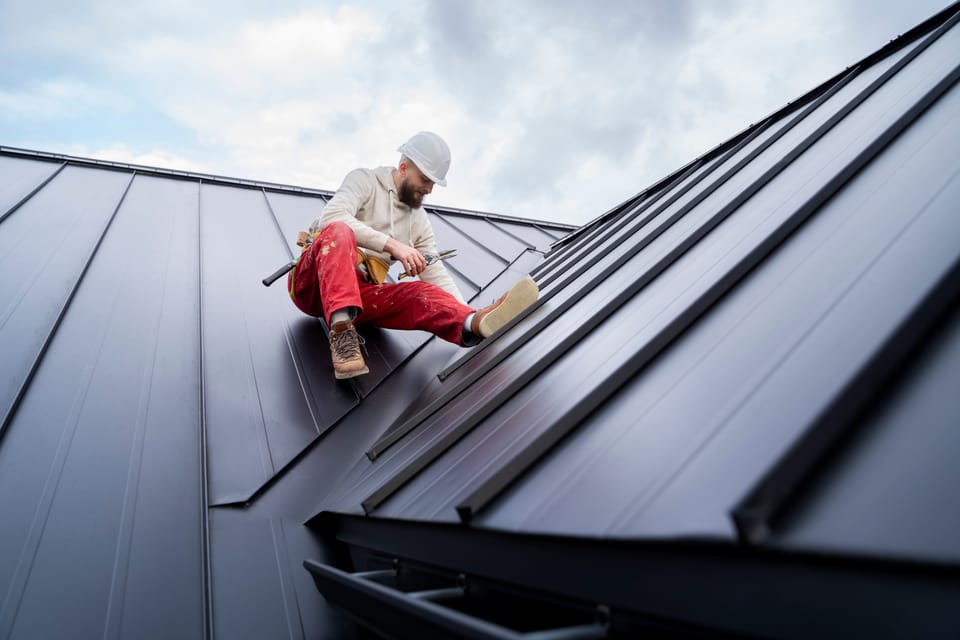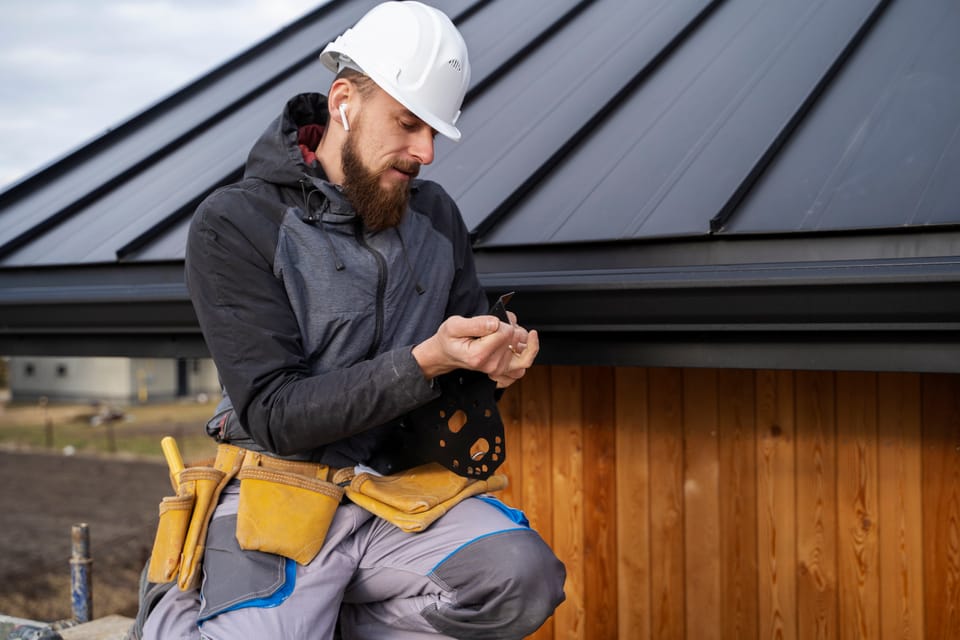How Long Should My Roof Last?

Your roof is one of the most critical components of your home, providing shelter and protection from the elements. However, like any part of your house, roofs have a limited lifespan. Understanding how long you can expect your roof to last will help you plan for repairs or replacements, ensuring your home remains safe and secure. In this article, we’ll explore the factors that affect a roof’s lifespan, the average lifespan of different roofing materials, and tips for extending your roof’s longevity.
Factors Affecting Roof Lifespan
Several factors influence how long your roof will last, including:
1. Material Quality
- The type and quality of roofing materials directly impact longevity. Higher-quality materials often come with better warranties and can withstand harsh weather conditions longer.
2. Climate and Weather Conditions
- Roofs in areas with extreme weather conditions—such as heavy rain, snow, or intense sunlight—may wear out more quickly than those in milder climates. For example, roofs in regions prone to hurricanes or tornadoes will likely experience more damage over time.
3. Installation Quality
- Proper installation is crucial for maximizing your roof’s lifespan. Poor installation can lead to issues like leaks, inadequate ventilation, and structural problems, all of which can shorten your roof's life.
4. Maintenance and Care
- Regular maintenance, including inspections and repairs, can significantly extend your roof’s lifespan. Keeping your roof clean and addressing minor issues promptly will prevent them from becoming major problems.
5. Ventilation and Insulation
- Good ventilation and insulation in your attic can help prevent ice damming in colder climates and reduce heat buildup in warmer areas, which can affect your roof's durability.
Average Lifespans of Different Roofing Materials
The lifespan of a roof largely depends on the material used. Here’s a breakdown of the average lifespans of common roofing materials:
1. Asphalt Shingles
- Lifespan: 15 to 30 years
- Details: Asphalt shingles are the most common roofing material due to their affordability and ease of installation. While three-tab shingles generally last around 15-20 years, architectural shingles, which are thicker and more durable, can last up to 30 years.
2. Metal Roofing
- Lifespan: 30 to 50 years
- Details: Metal roofs, made from materials like steel, aluminum, or copper, are known for their durability and resistance to severe weather. With proper maintenance, metal roofs can last several decades.
3. Wood Shake and Shingle Roofing
- Lifespan: 20 to 40 years
- Details: Wood roofs offer a unique aesthetic but require regular maintenance to prevent rot and insect damage. Properly treated wood shakes can extend their lifespan significantly.
4. Slate Roofing
- Lifespan: 50 to 100 years
- Details: Slate is one of the longest-lasting roofing materials available. Its natural beauty and durability make it a popular choice, though it can be costly and requires specialized installation.
5. Tile Roofing
- Lifespan: 50 to 100 years
- Details: Clay and concrete tiles are known for their longevity and resistance to fire and rot. They are often found in Mediterranean-style homes and can last a century with proper care.
6. Built-Up Roofing (BUR)
- Lifespan: 20 to 30 years
- Details: Commonly used for flat roofs, BUR consists of multiple layers of roofing felt and asphalt. It provides excellent waterproofing and can last two to three decades.
Tips for Extending Your Roof's Lifespan
To maximize the lifespan of your roof, consider the following tips:
- Regular Inspections: Have your roof inspected at least once a year, and after significant weather events. Early detection of issues can save you from costly repairs down the line.
- Maintain Gutters: Keep gutters and downspouts clear of debris to ensure proper water drainage. Clogged gutters can lead to water pooling on the roof, which can cause damage.
- Trim Overhanging Branches: Trees near your roof can drop leaves and branches, causing debris buildup. Trim any overhanging branches to prevent damage and facilitate maintenance.
- Check for Leaks: Look for signs of leaks, such as water stains on ceilings or walls. Address leaks promptly to prevent further damage to your roof and home.
- Install Proper Ventilation: Ensure your attic is well-ventilated to prevent heat buildup and ice damming, which can lead to roofing issues.
- Stay Ahead of Repairs: Don’t ignore minor problems. Addressing small repairs quickly can prevent them from escalating into more significant, costly issues.
Conclusion
Knowing how long your roof should last and the factors that influence its lifespan is essential for homeowners. By understanding the average lifespan of different roofing materials and implementing regular maintenance, you can ensure your roof remains in good condition for years to come. Whether it’s time for a new roof or just a check-up, taking proactive steps will protect your home and your investment. If you’re uncertain about your roof’s condition or need assistance, consider consulting a roofing professional for guidance tailored to your specific situation.



